Man of Medan's Robert Craig on cinematography in The Dark Pictures Anthology
And the difference between "interactive films" and choice-based games.
The mysterious Man of Medan has finally released, and like Until Dawn before it, it boasts some impressive visuals and an extensive branching narrative to kick off Supermassive's new Dark Pictures Anthology.
One of the series' main focuses is to bring more film-like cinematography to games, to bridge the gap between horror films and horror games, and perhaps even act as a entry point to fans of all things spooky.
Last month, I caught up with Robert Craig, art director at Supermassive Games, following his talk on cinematography for narrative based games at Develop Brighton. He told me about his cinematic inspirations, the challenges of lighting and 'filming' a horror game, as well as what he thinks the future of games like this will be.
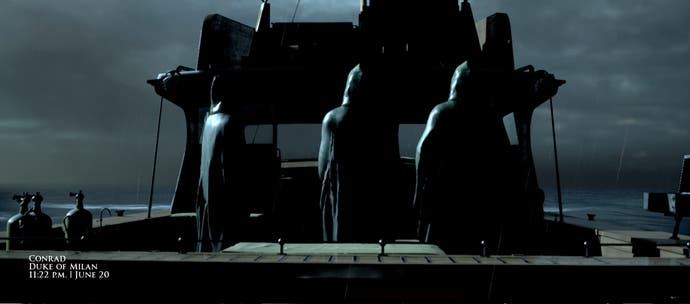
In Man of Medan, the player (or players) go through scenes from varying perspectives - sometimes in first person, sometimes in third. While some might find the swap quite jarring, it helps provide a better idea of what the characters are going through, making it so you see the story from their point of view, as well as a wider perspective.
"I really loved that change when they would switch from this very directed storytelling, to putting the viewer in the place of the characters in action scenes. I figured that would work really well for the story we were trying to tell, so even though it can feel like two separate things, sometimes the contrast it draws can be really useful," Craig explained.
"When the camera's directed, it's a little bit of hand holding - it's saying 'hey don't look over there, I'm gonna show you what's happening over here'. Whereas when it's handheld, it's somebody who's just filming looking around, you don't know where they're going to go or what they're going to look at next, and you get a better sense of peril and panic."
Horror is a genre that works well with cinematic techniques like this, particularly in a game that plays off a fear of the unknown, and the switching perspectives keep you just out of the loop enough to maintain a level of tension throughout. This particular cinematic style wasn't inspired by a horror film, however. Craig lists the Netflix series Godless as a major inspiration.
"Godless is a western, and that was one of my main camera and lighting references. I think artistically for me, I really like to look at stuff off genre, because like attempting to look at what the horrors do and how they're working their cameras and setting their scares, looking around other genres helps develop creativity as well."
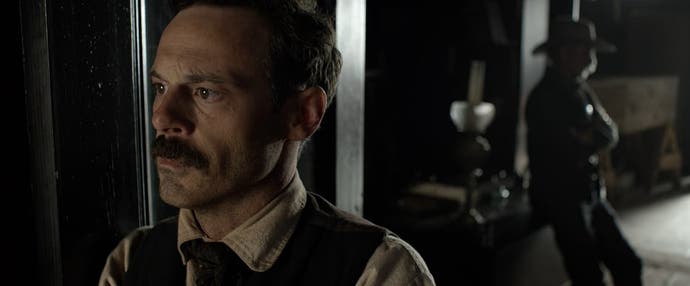
While Man of Medan has a lot of differences to Until Dawn, the style of the game will be consistent throughout the Dark Pictures Anthology. From the cinematic style to the actual gameplay itself, it's designed to be somewhat of a barrier breaker to allow those who aren't as experienced with games get their horror fix.
"We tried to design the game to be compelling and fun by making it so you don't have to spend twenty hours nailing the mechanics to be able to progress. There's not really a lot of failure in our games, so even if you miss Quick Time Events, even if you get a character killed, that's just the movie that you're gonna get, we don't punish that."
So if you play Man of Medan and kill all but one character, that's just the story you're going to get. In Man of Medan it's actually possible to get characters killed extremely early in the storyline, which I may have learned the hard way. But that's the beauty of games with so many branching paths, there's not necessarily a wrong way to do things, just a different way.

Supermassive isn't the only company working on games like this, of course, and this week's captivating FMV thriller Erica is another example. Meanwhile, in Netflix's Bandersnatch, which released earlier this year, we can see an example of a film that pulls inspiration from games. Of course it could be debated for hours as to what category Bandersnatch falls into - technically it's labelled an "interactive film", but then to what extent is any choice-based story-driven game not a film? Craig told me it's about the level of control it provides to the player (watcher? consumer?).
"We have exploration mechanics where you can actually move the character around the world, pick up clues, explore, shine your torch around, and see what's there. What we've found is that really connects the player to the environment, so when the cinematic stuff starts it's kind of hitting all the harder.
"The good thing about games is that you can give the player that agency, you can give them that connection. When you start to direct things and start to show cutscenes, hopefully you've built up that connection to the character that they've been moving around first hand.
"We did a lot of work on cameras for live exploration in Man of Medan, in which I had to make it feel like you're walking through and the cameras are cutting, shooting that scene like it would [appear] in a film. Exploration is really important, I think it does really connect the user to it, but it's definitely interesting to see how films are incorporating choice-based into the work as well."
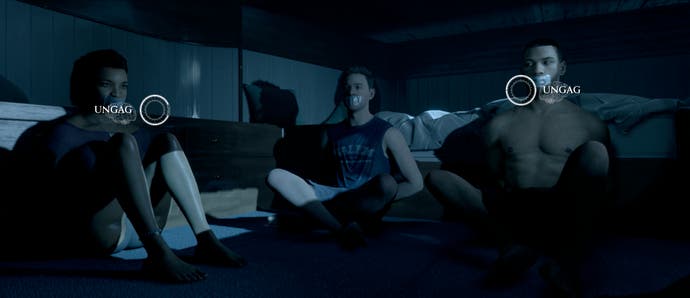
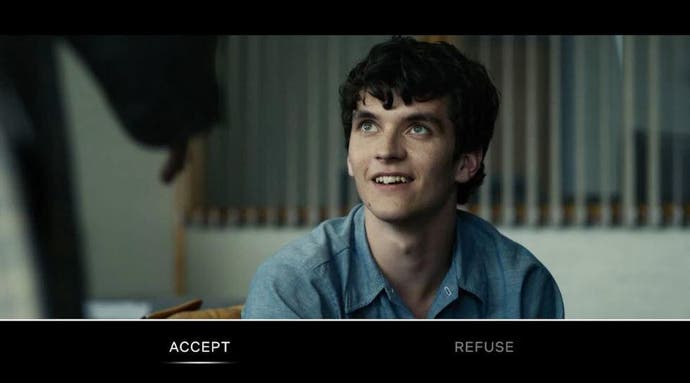
There's a section early in Man of Medan that puts you in the shoes (or, wetboots) of characters exploring a plane wreckage under the sea, and the atmosphere these sections build is incredible. The scenes are dark, as you'd expect miles underwater where the sunlight can't filter through, so as the diving party you have to use torches to explore and guide your way.
This exploration manages to not be so dark as to make it annoying to get around, but just dark enough to justify the use of the torch and provide that sense of unease from the shadowy background. According to Craig, this effect wasn't easy to achieve.
"In CG terms it's very hard to simulate light coming from the sun in the sky, dispersing through all this water and eventually diffusing at the bottom of the ocean," he said.
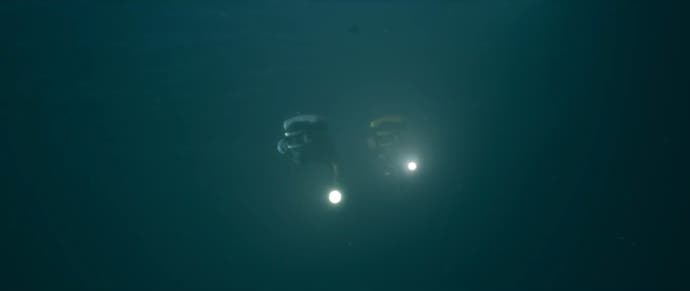
"We looked to treat it like a film set, as we did with other sets, and we looked at how we would light it if we really wanted to shoot there and how much [light] we would go for. Initially we actually lit quite a lot on the plane wrecks, and for a long time production would've gone with that. But quite close to the game being finished, we decided to go back and ended up making it much darker and giving the characters these really strong torches to explore with.
"We found that kept the realistic feel to the light, but still gave the player the ability to search around and discover things. We actually did a little documentary about all the water that's in the game that we put up in a dev diary where it kind of starts off with me complaining about it (laughs)."
Craig has a background in lighting for games, so as far as making the game too dark or not dark enough goes, he says it's all about making sure you understand your audience.
"When you're doing horror and you're utilising a lot of darkness, you'd never want there to be no information there - that's the wrong kind of darkness. You want to hide things sometimes, but you still want enough in the image so that people can perceive it and understand something by it, even if it's just a dim light on a character that shows you their shape.
"You don't want to obscure everything, or not for too long - maybe for a few seconds or something to work as a scare or a surprise. It's kind of split between the technical side and the artistic side, we definitely have our arms full with both."
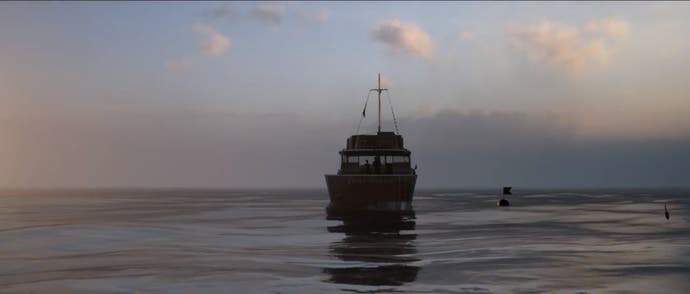
If you want to experience Supermassive Games' impressive cinematography for yourself, The Dark Pictures Anthology: Man of Medan is out today for PC, PS4 and Xbox One. Bertie called it a "promising start" to the series in Eurogamer's Man of Medan review.


